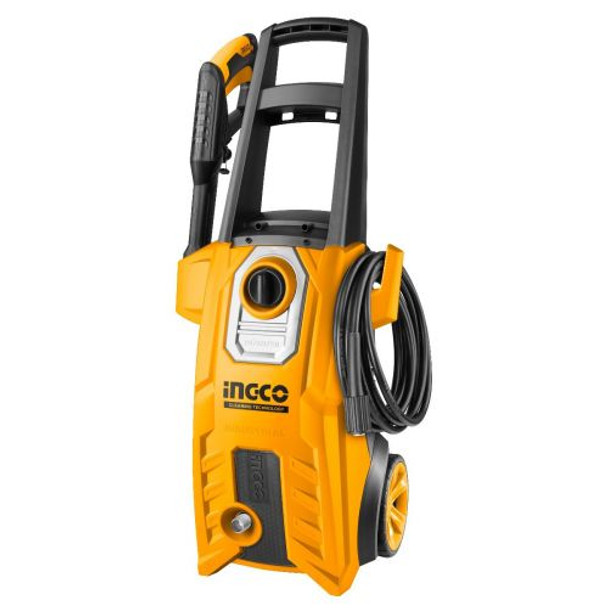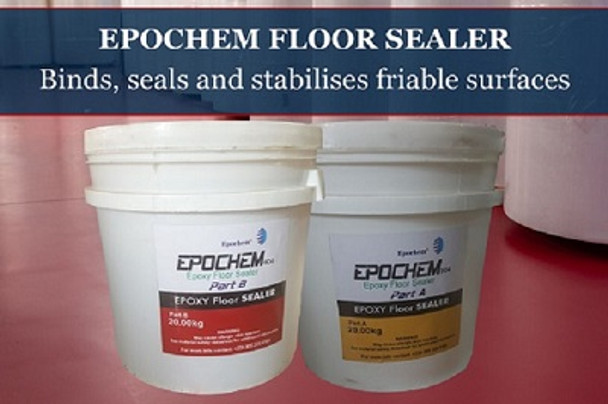Preventive vs. Reactive Surface Maintenance: Which Approach Is Right for You
Surface maintenance refers to the regular upkeep and care of surfaces to maintain their appearance. It is a critical aspect of preserving the integrity, functionality, and longevity of various surfaces, from commercial and industrial properties to residential environments. Whether you're responsible for managing a sprawling office complex, a bustling manufacturing facility, or a serene home, understanding the importance of surface maintenance and adopting the right approach can make all the difference in achieving optimal results.
 High Pressure washer Ingco HPWR20008
High Pressure washer Ingco HPWR20008
Importance of Surface Maintenance
Maintaining the surfaces within your property or facility is crucial for several reasons. It not only preserves the aesthetic appeal and value of the space but also ensures the safety and well-being of its occupants. Neglecting surface maintenance can lead to a host of issues, such as premature deterioration, increased risk of accidents, and higher long-term repair costs. By proactively addressing surface maintenance, you can extend the lifespan of your surfaces, minimize disruptions, and create a safer, more inviting environment.
Understanding Preventive Surface Maintenance
Preventive surface maintenance is a proactive approach that focuses on regularly scheduled inspections, cleaning, and maintenance activities to keep surfaces in optimal condition. This approach aims to identify and address potential issues before they escalate, thereby preventing costly and time-consuming reactive repairs.
Advantages of Preventive Surface Maintenance
- Extended Surface Lifespan: By regularly maintaining surfaces, you can significantly extend their lifespan, reducing the need for frequent replacements or major renovations.
- Improved Safety: Preventive maintenance helps identify and address potential safety hazards, such as slippery floors, uneven surfaces, or structural weaknesses, minimizing the risk of accidents.
- Cost Savings: Proactively addressing maintenance needs can be more cost-effective in the long run compared to the expenses associated with reactive repairs or emergency interventions.
- Enhanced Aesthetics: Consistent preventive maintenance ensures that surfaces maintain their visual appeal, creating a more inviting and professional environment for occupants and visitors.
 EPOCHEM 304/404 Epoxy Floor Sealers
EPOCHEM 304/404 Epoxy Floor Sealers
Implementing a Preventive Surface Maintenance Plan
Developing and implementing a comprehensive preventive surface maintenance plan is crucial for achieving the desired results. This plan should include regularly scheduled inspections, cleaning routines, and preventive maintenance tasks tailored to the specific needs of your surfaces. Establishing a clear schedule, allocating the necessary resources, and training your maintenance team are essential steps in ensuring the successful execution of your preventive maintenance strategy.
Also Read: Types of Surfaces: Common Maintenance Challenges and Solutions
Reactive Surface Maintenance Explained
Reactive surface maintenance, on the other hand, is a more traditional approach that involves addressing issues only after they have occurred. This approach often involves responding to emergency situations, such as sudden damage, deterioration, or safety concerns, and can be more disruptive and costly in the long run.
When to Opt for Reactive Surface Maintenance
While preventive maintenance is generally the preferred approach, there may be instances where reactive surface maintenance is necessary or appropriate. For example, in the case of unexpected or unforeseen events, such as natural disasters, accidents, or sudden changes in usage patterns, a reactive approach may be the only viable option to address immediate concerns and restore the functionality of the surfaces.
Challenges of Reactive Surface Maintenance
Reactive surface maintenance can present several challenges, including:
- Increased Costs: Addressing issues after they have occurred can often be more expensive than proactive preventive maintenance.
- Disruptions and Downtime: Reactive repairs can lead to temporary closures, relocations, or disruptions in the normal operations of a facility, which can negatively impact productivity and customer/occupant satisfaction.
- Potential Safety Risks: Unaddressed surface issues can pose safety hazards, increasing the risk of accidents and liability concerns.
- Reduced Surface Lifespan: Neglecting regular maintenance can accelerate the deterioration of surfaces, leading to the need for more frequent replacements or major renovations.
 Epochem heavy duty Tile and Concrete cleaner 5 liters
Epochem heavy duty Tile and Concrete cleaner 5 liters
Choosing the Right Approach: Preventive vs. Reactive Surface Maintenance
When it comes to surface maintenance, the choice between a preventive or reactive approach is not always straightforward. The optimal approach depends on various factors, including the type of surfaces, the level of usage, the available budget, and the overall maintenance goals.
Factors to Consider When Deciding on the Approach
- Surface Type and Condition: The specific characteristics and condition of the surfaces, such as materials, age, and usage patterns, can influence the most suitable maintenance approach.
- Facility or Property Usage: The frequency and intensity of use, as well as the criticality of the surfaces, can help determine the appropriate maintenance strategy.
- Budget and Resource Availability: The financial resources and personnel available for surface maintenance can impact the feasibility of a preventive or reactive approach.
- Risk Tolerance: Your organization's willingness to accept and manage the risks associated with potential surface issues can guide the choice between preventive and reactive maintenance.
- Maintenance Goals: The primary objectives of your surface maintenance program, such as cost optimization, safety, or aesthetic considerations, can inform the most suitable approach.
By carefully evaluating these factors, you can make an informed decision on the right approach to surface maintenance, ensuring optimal results and minimizing the impact on your operations.
Conclusion
The choice between a preventive or reactive approach is a critical decision that can have far-reaching implications for the long-term performance, safety, and cost-effectiveness of your surfaces. By carefully evaluating the unique characteristics of your property or facility, the available resources, and your maintenance goals, you can determine the optimal approach to achieve the best possible outcomes.
To learn more about our comprehensive surface maintenance solutions and how we can help you find the right approach for your needs, Contact us today. Our team of experts is dedicated to providing customized strategies that maximize the lifespan, safety, and aesthetic appeal of your surfaces.
Recent Posts
-
Why Use Distilled Water For Inverter Battery
Introduction Inverter batteries are essential for uninterrupted power supply, especially in are …Apr 01, 2025 -
THE BEST MAGNETIC DRILLING MACHINE IN NIGERIA 2025 REVIEWS
Introduction The Magnetic drilling machines are power tools also called mag drills. They are es …Mar 31, 2025 -
Top Selling Magnetic Drilling Machines in Nigeria
Magnetic Drilling Machine is a portable drilling machine with a magnetic base (either electroma …Mar 31, 2025





